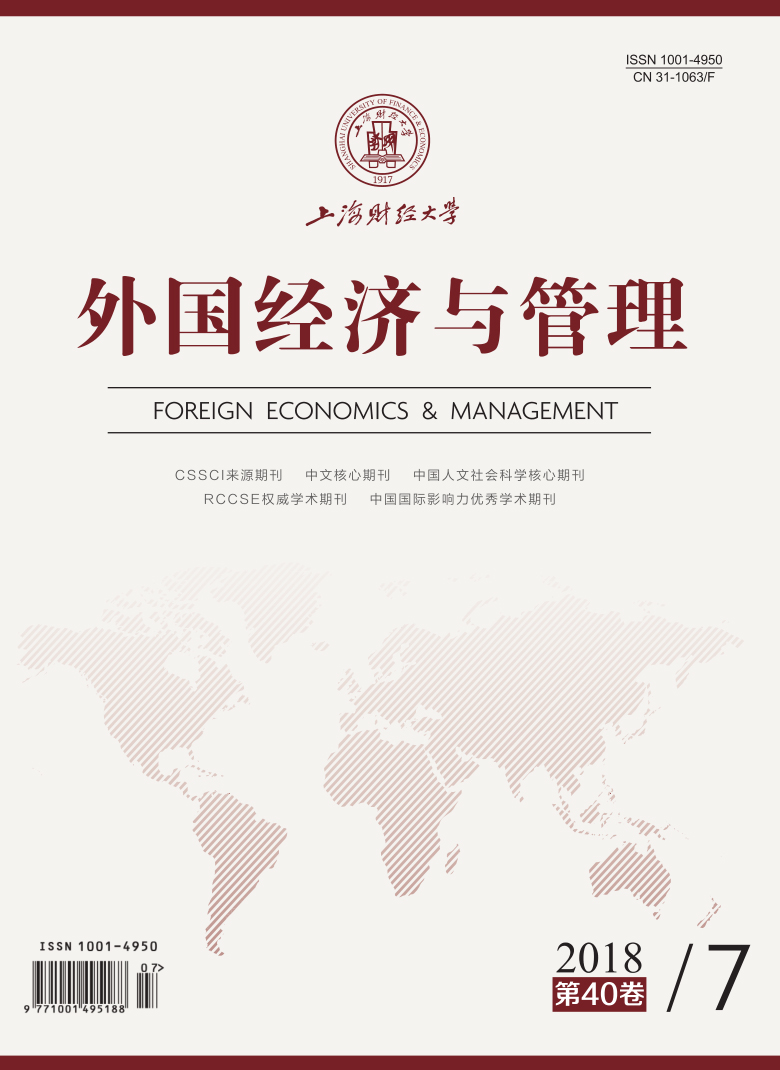This paper makes an attempt to thoroughly review the existing foreign research on the dual-class structure from a contingency perspective. We systematically explore the connotation, global practice, theoretical basis, institutional effects, and possible boundary conditions of the dual-class structure. Our results indicate that: (1)Although widely used in the world, especially in advanced economies with relatively complete systems, the dual-class structure is still a " niche” model, not a " mainstream” model of corporate governance. A dual-class firm may best be viewed as an intermediate organizational form which fits somewhere between the polar cases of the dispersed-ownership public corporation and the closely-held firm. (2) The dual-class structure is a " double-edged sword”. On the one hand, the dual-class structure limits shareholder rights, weakens the functions of traditional governance and supervisory structures, and may result in management yielding control premiums at the expense of minority shareholders’ interests, thereby harming the value of the company. On the other hand, under certain conditions, the dual-class structure can ease management’s myopic behavior which stemmed from the short-term market performance pressure, provide high-powered incentives for long-term projects such as firm-specific human capital and innovation, which in turn may increase the long-term value of the company and realize its growth potential. (3) A contingency perspective is beneficial to clarify the boundary of the institutional effects of the dual-class structure. Contingencies such as managerial personal characteristics, enterprise characteristics, industry attributes and state institutions play a vital role in moderating the aforementioned institutional effects of the dual-class structure. (4) Although associated with a natural agency conflicts, the dual-class structure may be a kind of rational and efficient corporate governance mechanism for firms with a focus on the long-term corporate value, the high growth perspective, and the low internal agency costs. As the Chinese idiom says, oranges change with their environment. The institutional effects of the dual-class structure are complicated. We cannot think of the dual-class as a" good” or " bad” governance structure in a one-size-fits-all manner. We need to understand this unique corporate governance structure from a contingency perspective. These findings contribute to the extant literature in three ways. First, this article provides a thorough literature review of the foreign dual-class structure research, which is conducive to the promotion of deep understanding of the dual-class structure. Second, from a contingency perspective, we analyze the institutional effects of the dual-class structure, and identify the boundary conditions of these effects, which not only coordinate inconsistent and even contradictory research conclusions and remark about the dual-class structure in the literature, but also provide companies which intend to apply this governance mechanism with more specific and concrete border frameworks for implementing the dual-class structure in practice. Third, we propose the possible future research directions of the dual-class structure in terms of pre-factors, mechanisms and boundary conditions, and empirical research methods.
 / Journals / Foreign Economics & Management
/ Journals / Foreign Economics & ManagementForeign Economics & Management
JIN Yuying, Editor-in-Chief
ZhengChunrong, Vice Executive Editor-in-Chief
YinHuifang HeXiaogang LiuJianguo, Vice Editor-in-Chief
Mandarins or Trifoliate Oranges: A Controversy in the Foreign Dual-Class Structure Research from a Contingency Perspective
Foreign Economics & Management Vol. 40, Issue 07, pp. 84 - 98 (2018) DOI:10.16538/j.cnki.fem.2018.07.007
Summary
References
Summary
[1]Ba Shusong, Ba Qing. Reforming the listing structure Hong Kong's capital market plays a role in the innovation of technology as incubators[N]. China Securities Journal, December 27, 2017.
[2]Huang Zhen. Conditions for effective operation of Dual-Class Structure: An empirical study based on U.S. and Hong Kong[J]. Shanghai Finance, 2015, 6:60-66.
[3]Lu Yujian. Review and outlook of dual-class equity structure research[J]. Foreign Economics & Management, 2016, 38(5): 86-98.
[4]Shi Xiaojun, Wang Aoran. Impact of the specialty of corporate governance on innovation: Global evidence from the Dual-Class Structure of internet firms[J]. Economic Research Journal, 2017, 1: 149-164.
[5] Amoako-Adu B, Baulkaran V, Smith B F. Analysis of dividend policy of dual and single class U.S. Corporations[J]. Journal of Economics and Business,2014, 72: 1-29.
[6] Chemmanur T J, Tian X. Do anti-takeover provisions spur corporate innovation? A regression discontinuity analysis[J]. Journal of Financial and Quantitative Analysis, 2018, forthcoming.
[7]Christensen C M, Van Bever D. The capitalist’s dilemma[J]. Harvard Business Review,2014, 92(6): 60-68.
[8] Dey A, Nikolaev V, Wang X. Disproportional control rights and the governance role of debt[J]. Management Science,2015,
62(9): 2581-2614.
[9]Fang V W, Tian X, Tice S. Does stock liquidity enhance or impede firm innovation?[J]. The Journal of Finance,2014, 69(5):2085-2125.
[10]He J, Tian X. The dark side of analyst coverage: The case of innovation[J]. Journal of Financial Economics,2013, 109(3):856-878.
[11]Howell J W. The survival of the U.S. dual class share structure[J]. Journal of Corporate Finance,2017, 44: 440-450.
[12]Jordan B D, Kim S, Liu M H. Growth opportunities, short-term market pressure, and dual-class share structure[J]. Journal of
Corporate Finance,2016, 41: 304-328.
[13]Jordan B D, Liu M H, Wu Q. Corporate payout policy in dual-class firms[J]. Journal of Corporate Finance,2014, 26: 1-19.
[14]Lauterbach B, Pajuste A. The long-term valuation effects of voluntary dual class share unifications[J]. Journal of Corporate
Finance,2015, 31: 171-185.
[15]Li T, Zaiats N. Information environment and earnings management of dual class firms around the world[J]. Journal of Banking & Finance,2017, 74: 1-23.
[16]Nenova T. The value of corporate voting rights and control: A cross-country analysis[J]. Journal of Financial Economics,
2003, 68(3): 325-351.
[17]Smart S B, Thirumalai R S, Zutter C J. What’s in a vote? The short-and long-run impact of dual-class equity on IPO firm
values[J]. Journal of Accounting and Economics,2008, 45(1): 94-115.
Cite this article
Han Baoshan. Mandarins or Trifoliate Oranges: A Controversy in the Foreign Dual-Class Structure Research from a Contingency Perspective[J]. Foreign Economics & Management, 2018, 40(7): 84-98.
Export Citations as:
For
ISSUE COVER
RELATED ARTICLES




 10139
10139  8026
8026

